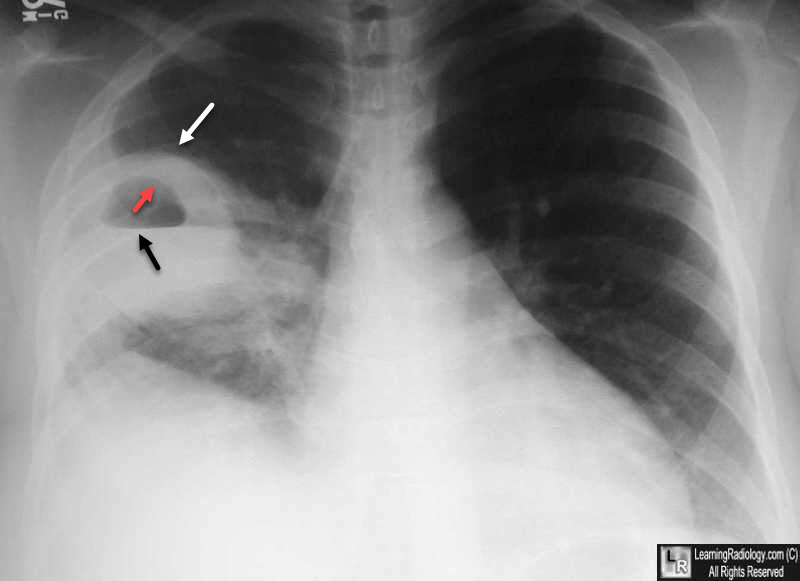
#Fluid in lungs free#
Although, for many years, Starling forces (hydrostatic and protein osmotic pressures) were thought to play a major role in maintaining the alveolar space free of fluid 1, there is now strong evidence that active ion transport across the alveolar epithelium creates an osmotic gradient that leads to water reabsorption both during the perinatal period 2– 4 and in the adult lung 5. Pulmonary oedema is a life-threatening condition resulting from an imbalance between forces driving fluid into the airspaces and biological mechanisms for its removal. Very recent data suggest that mechanisms that augment transepithelial sodium transport and enhance the clearance of alveolar oedema may lead to more effective prevention or treatment for some types of pulmonary oedema. Similar results have been achieved experimentally by gene transfer to enhance the abundance of sodium transporters in the alveolar epithelium.Ĭlinical studies show that impaired alveolar fluid transport mechanisms contribute to the development, severity and outcome of pulmonary oedema in humans. There is new evidence, however, that pharmacological treatment with β 2-adrenergic agonists and/or epithelial growth factors may influence a more sustained stimulation of alveolar fluid reabsorption and in turn facilitate recovery from experimental pulmonary oedema. Endogenous catecholamines upregulate alveolar fluid clearance in several experimental models of acute lung injury, but this upregulation may be short term and insufficient to counterbalance alveolar flooding.

Injury to the alveolar epithelium can disrupt the integrity of the alveolar barrier or downregulate ion transport pathways, thus, reducing net alveolar fluid reabsorption and enhancing the extent of alveolar oedema. The rate of fluid clearance can be upregulated by both catecholamine-dependent and -independent mechanisms. Much has been learned about the molecular and cellular basis for oedema fluid reabsorption, including the role of apical ion transporters for sodium (epithelial sodium channel) and chloride (cystic fibrosis transmembrane conductance regulator), as well as the central importance of the sodium pump. Resolution of alveolar oedema depends on the active removal of salt and water from the distal air spaces of the lung across the distal lung epithelial barrier. From a physiological perspective, pulmonary oedema develops either because of an increase in lung vascular hydrostatic pressure or an increase in lung vascular permeability.

Pulmonary oedema is a life-threatening condition that frequently leads to acute respiratory failure.


 0 kommentar(er)
0 kommentar(er)
